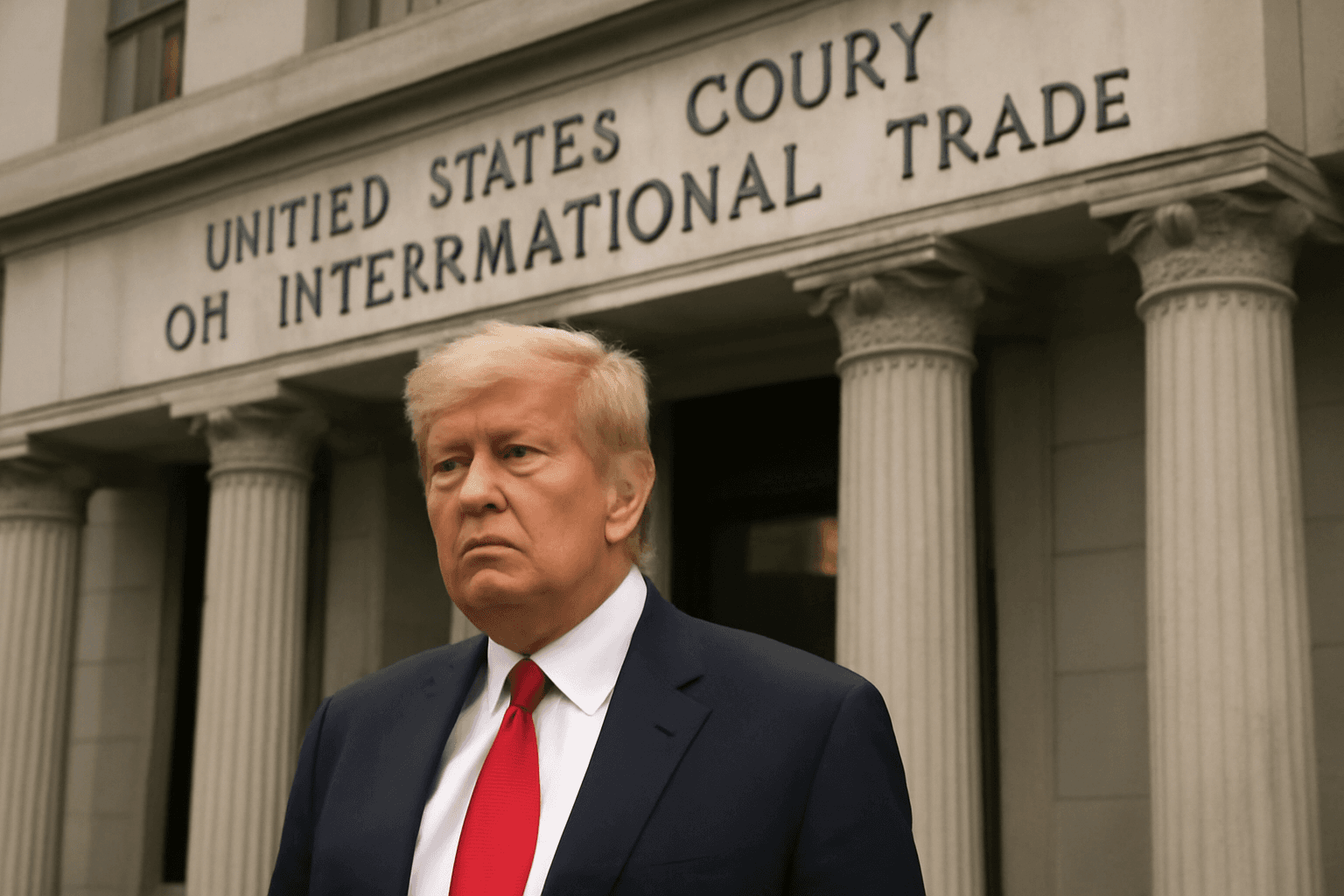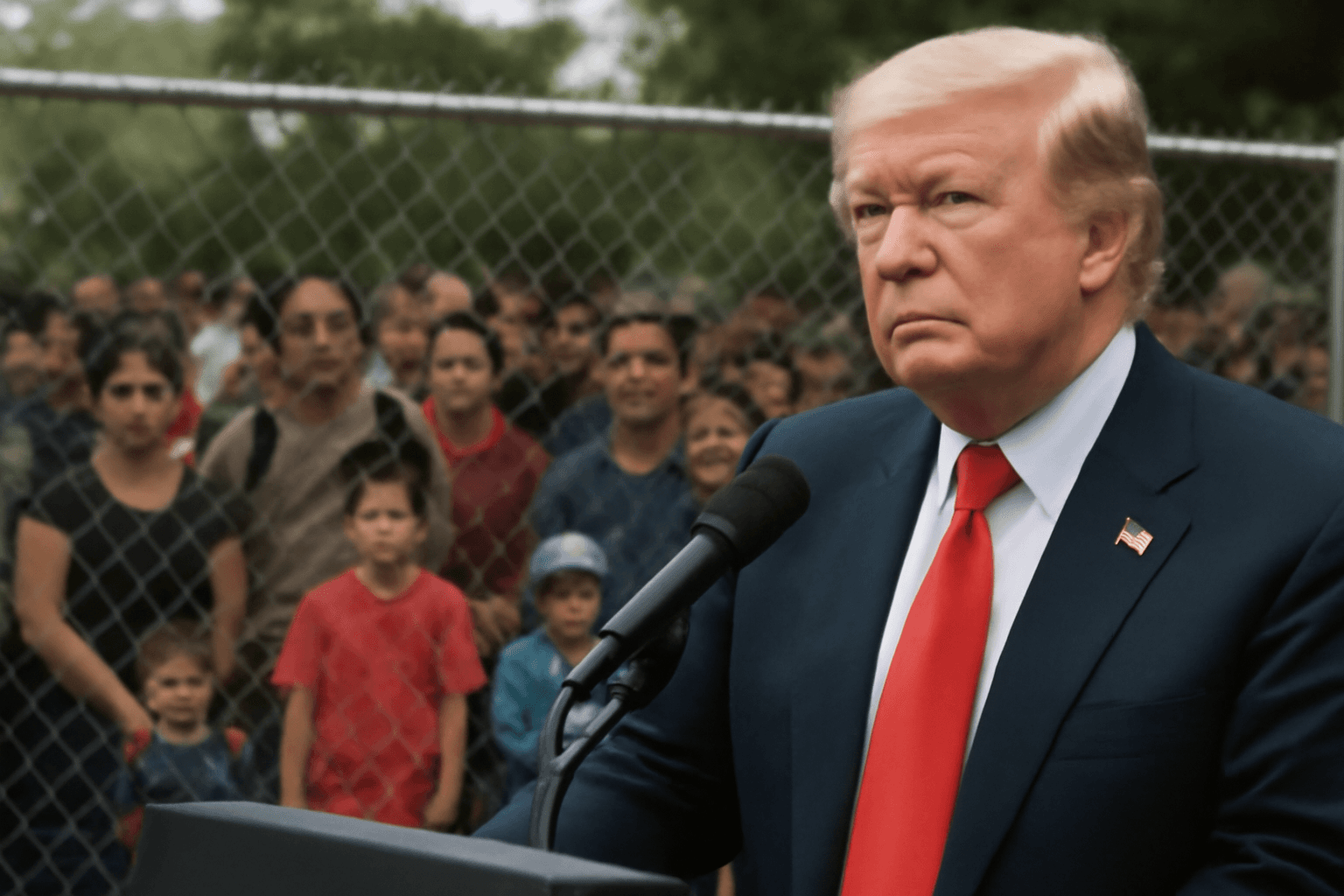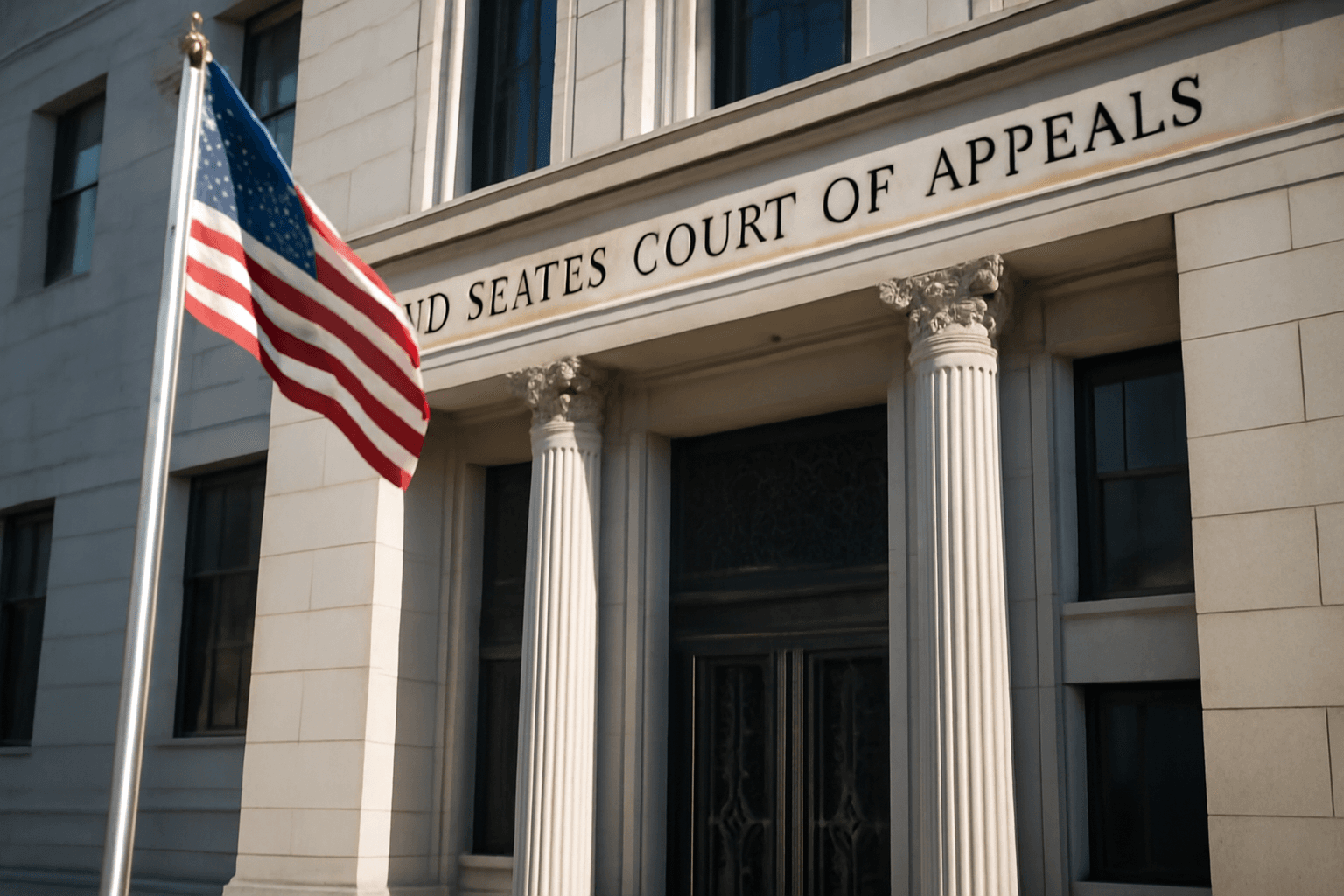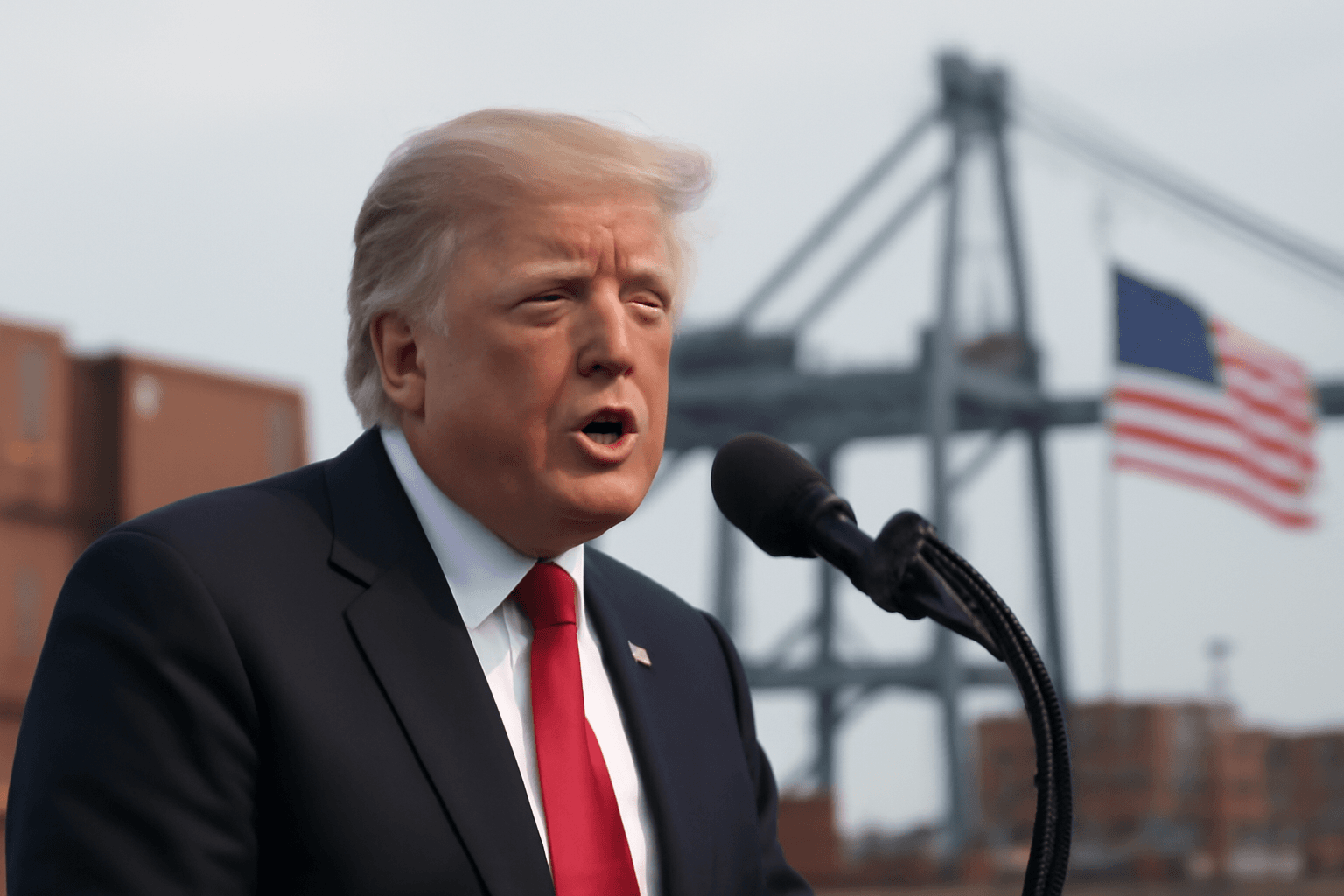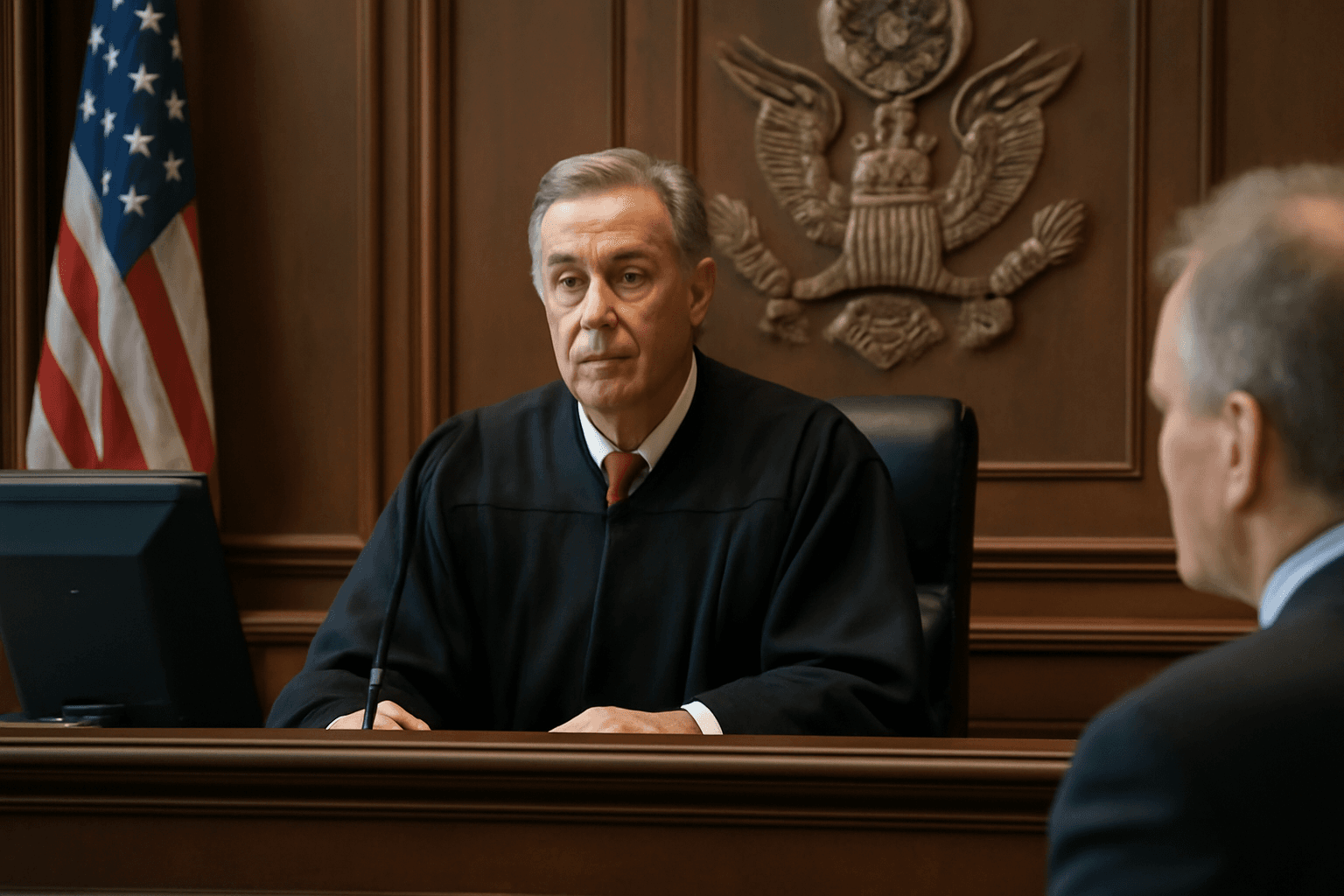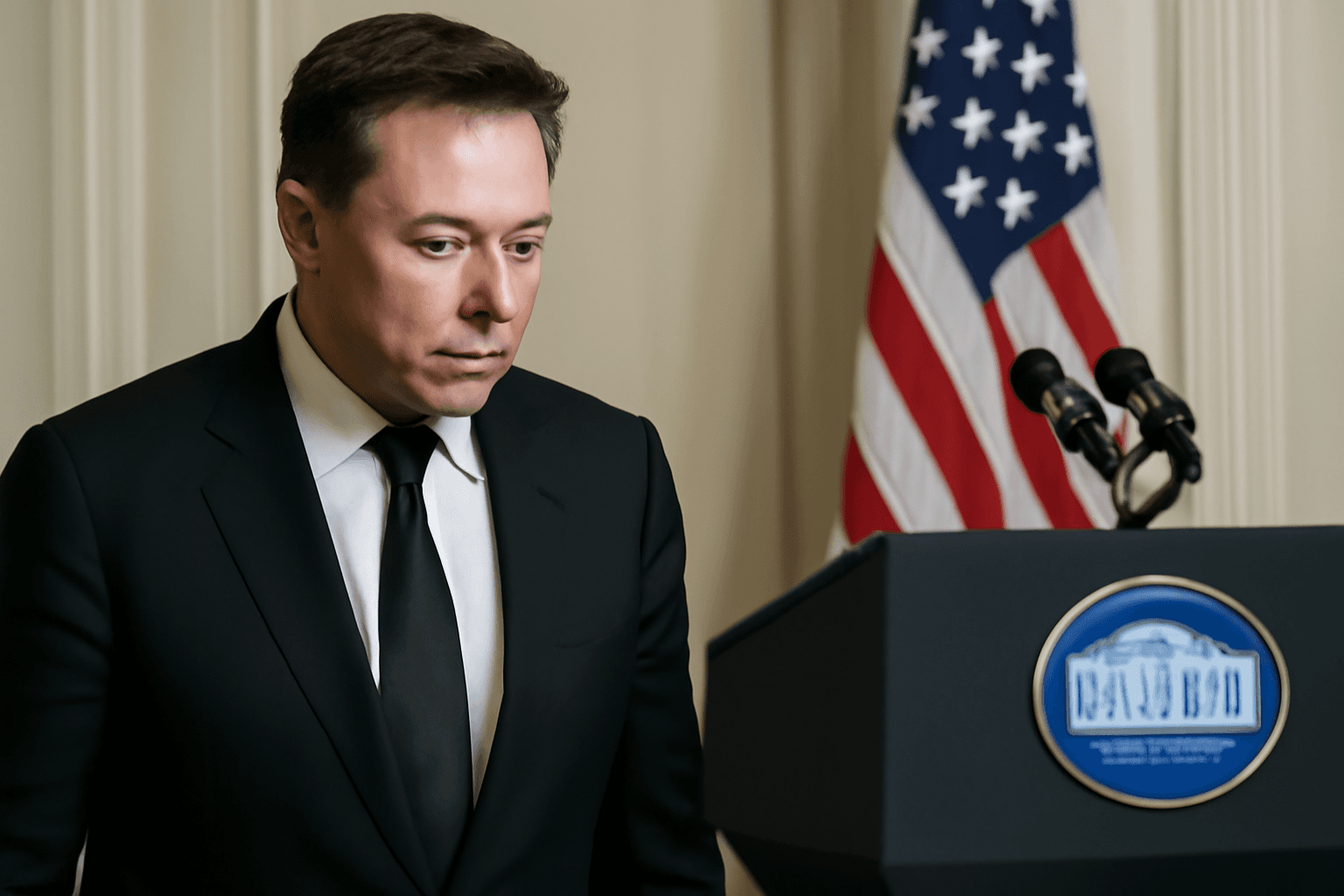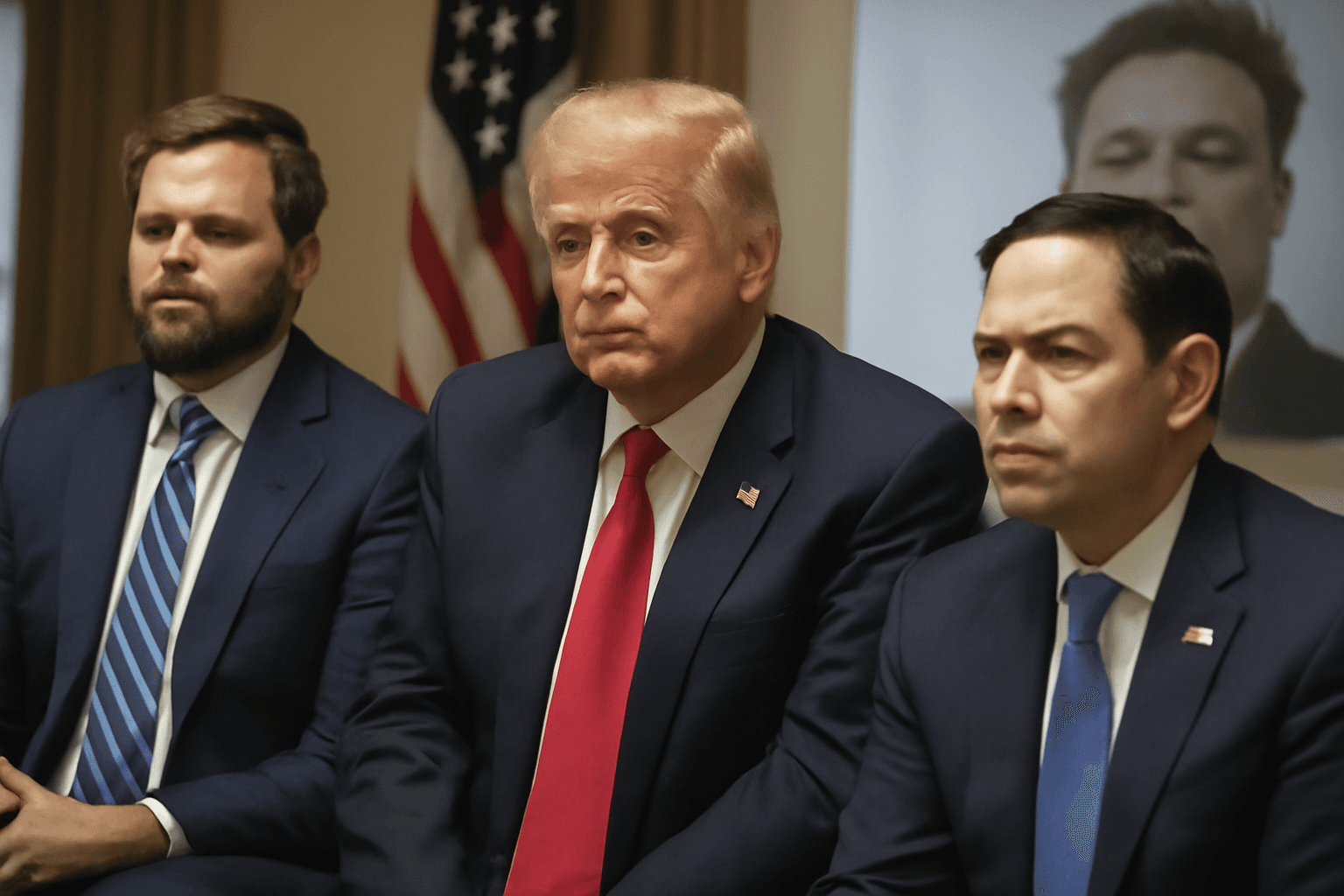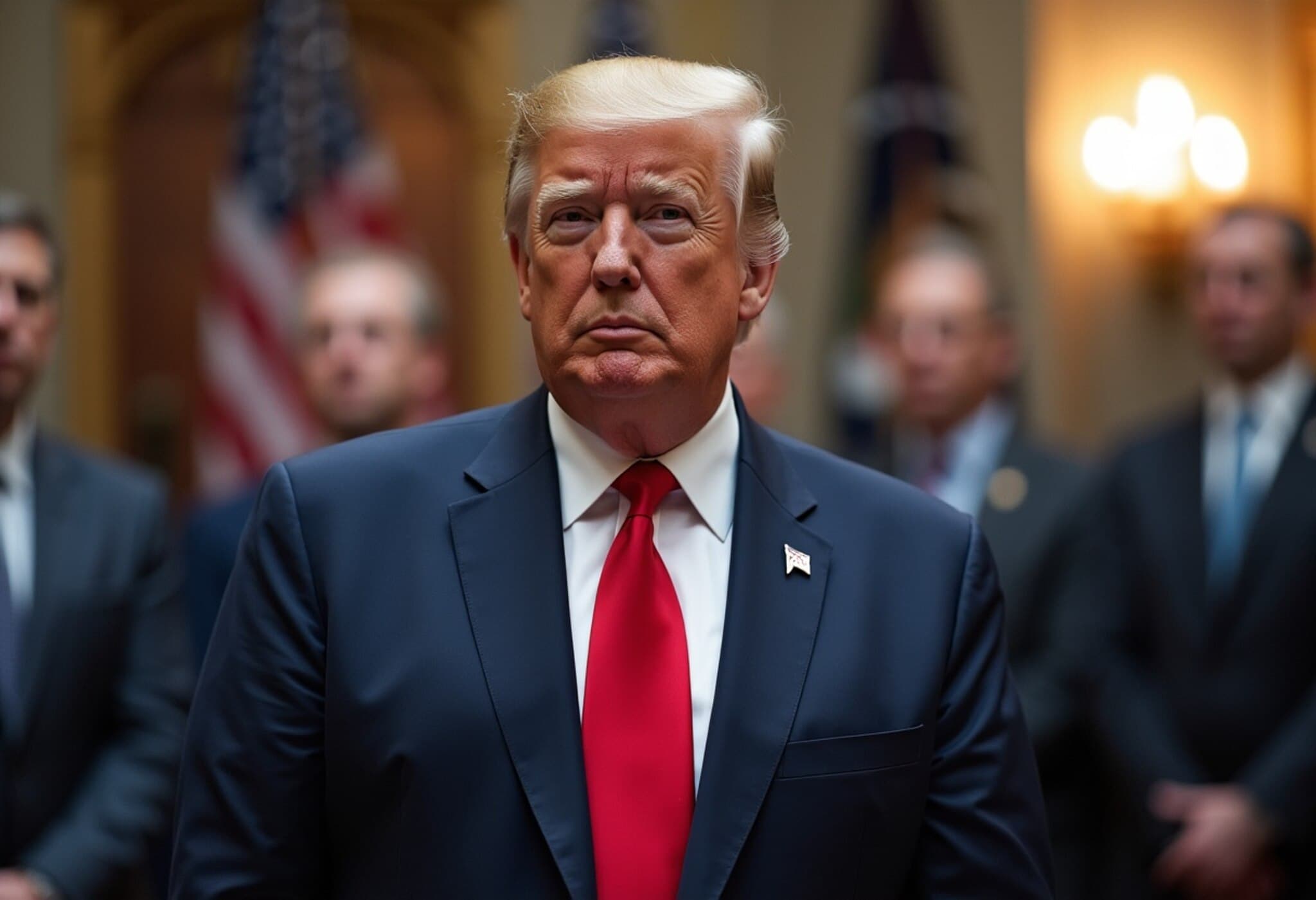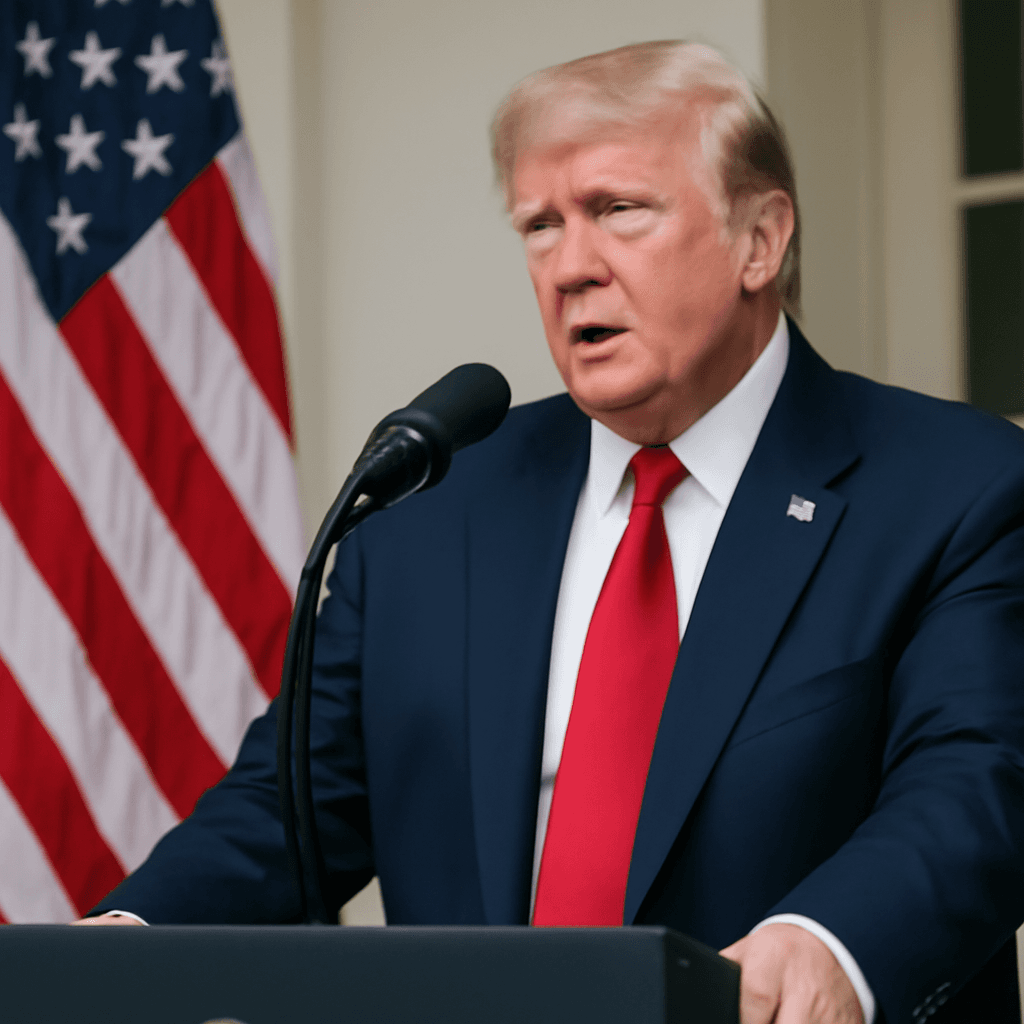A US federal appeals court has maintained a lower court’s injunction that temporarily halts efforts by the previous administration to significantly reduce the federal workforce. This decision ensures that the order issued by US District Judge Susan Illston remains effective, pausing implementation of workforce cuts for the time being.
The initial injunction came in response to a lawsuit brought by labor unions and several cities, including San Francisco and Chicago, which challenged the administration’s plan to downsize federal staffing levels dramatically.
Legal Ruling Emphasizes Need for Congressional Approval
Judge Illston, appointed by a former president, emphasized that while a sitting president has the authority to direct agency reforms, any major structural overhauls require legislative approval and collaboration with Congress. This ruling clarified the limits of executive power regarding workforce reductions.
Government lawyers contended that the executive order and subsequent memos served as general policy guidance rather than enforceable mandates. However, the court observed that these directives had already caused significant staff reductions and workplace disruptions.
Extensive Workforce Impact
According to reports, approximately 75,000 federal employees have opted for deferred resignation under the new program, although exact figures were not officially disclosed. Additionally, thousands of probationary employees have been terminated or placed on administrative leave as part of the downsizing initiative.
The administration’s deferred resignation program, introduced in early 2025, aimed to reduce the federal workforce substantially and save nearly $100 billion. Certain essential sectors, such as postal workers and military personnel, were exempt from these cuts.
Department of Government Efficiency’s Role
The Department of Government Efficiency (DOGE), led by Elon Musk and established by the administration, was tasked with executing this restructuring plan. Musk’s leadership was justified by his reputation for optimizing operations and eliminating inefficiencies. However, the department faced internal dissent, with numerous employees resigning in protest against what they perceived as politically motivated efforts undermining public services.
This federal downsizing effort was presented by the prior administration as a response to voter mandates to reform government operations and reduce bureaucracy, a position the administration has publicly defended.


